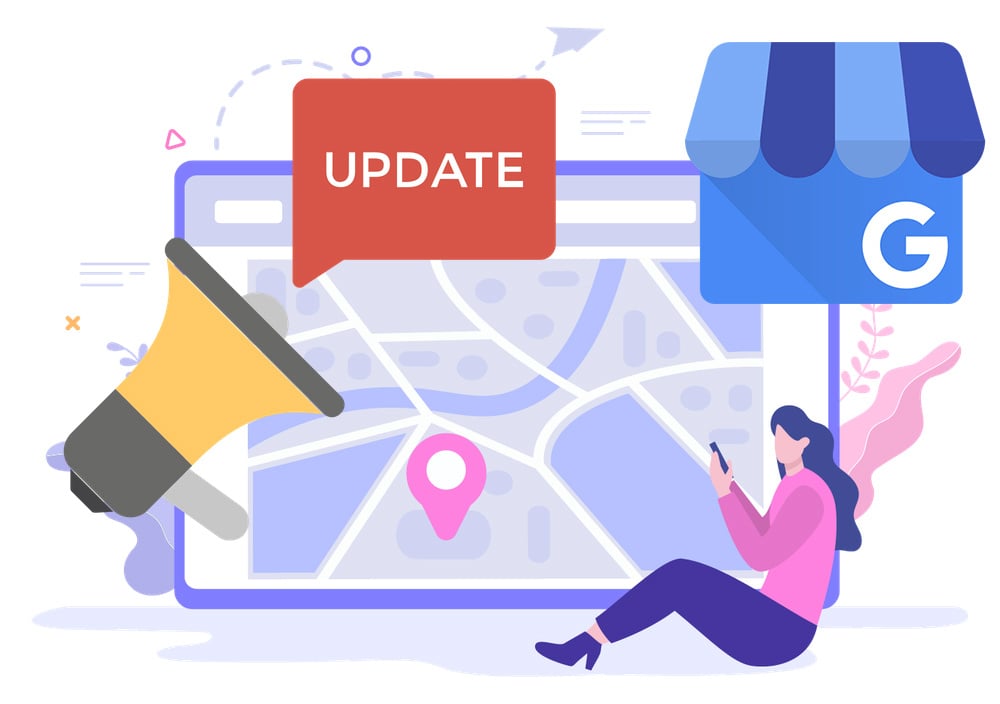How to Start a Lawn Care Business in 2021
Ready to start your lawn care business? Set yourself up for success with these steps—from generating reviews to getting insured, we've got you covered.

From choosing a business name to figuring out your break-even point, it may feel like an overwhelming number of steps to get your lawn care business up and running.
Fortunately, starting a landscaping business has relatively low startup costs and can be run solo as you gain more clients. However, to build a recognizable and reputable brand in your area, you need to start with a strong foundation. To help, we’ll go over ten essential steps you should consider taking when starting a lawn care business.
Once you’ve gone through these steps, set yourself up for success with a self-serving site where your customers can find, book, pay, and review your services in one place—sign up for a 14-day free trial below!

Jump to:
- Research location and competitors.
- Choose the services you’ll offer.
- Register and insure your business.
- Determine equipment and labor.
- Price your services.
- Determine external and internal communication channels.
- Set up easy booking.
- Advertise and market your business.
- Set up payment methods.
- Generate reviews from happy customers.
1. Research Location and Competitors

In landscaping, location is everything. Do some research to gauge the level of demand for your services in your area. Search for possible competitors, their offerings, prices, and promotions.
Pro-Tip: Good reviews are key to any small business’s success. Look at the average number of reviews your top competitors have on their Google My Business page. This will help give you a goal number of reviews to achieve during the beginning stages of your business to help you appear at the top of Google’s search results.
2. Choose the Services You’ll Offer
While lawn mowing and tree trimming are more commonly associated with lawn care, you can offer additional services from maintenance to design.
Popular services include:
- Weeding and gardening work.
- Planting and fertilization.
- Mulching.
- Hedge trimming.
- Lawn installation and removal.
- Landscaping and hardscaping design.
3. Register and Insure Your Business

Without insurance, as soon as you walk onto your first lawn you’re putting yourself and your business at risk. Cuts, electrical, pesticides, chemicals, slips, trips, and falls are just a few common hazards associated with lawn care.
Keep in mind that you may also be liable for property and motor vehicle damage. If you plan on working on larger projects or commercial properties, some clients may even require you to have insurance to hire you.
Before you officially open for business, decide the best way to run or register your company—as a sole proprietorship, limited liability company, limited liability partnership, corporation, etc. If you plan on hiring employees, you will need to obtain an employer identification number (EIN). Apply for a federal EIN with the IRS and a state EIN with your state’s Department of Revenue.
4. Determine Equipment and Labor Needs
Based on your area and services you’ll offer, make a list of all basic business equipment you’ll need to fully finish your first few gigs. This can include anything from computer tablets and printer paper to a lawnmower and fertilizer.
Whether you have a few leads you can contact or are just starting to build your customer base, be ready to hire assistance should you need it. You may not need to hire a full-time employee at the beginning stages of your business, but having a small network of people you can hire on a need basis may come in handy.
5. Price Your Services

Pricing your services is another important step in starting a lawn care business. It will require you to do some research to find both competitive prices and an appropriate pricing structure. Look at what your competitors are doing—whether they charge per project or have a set hourly rate—and determine the break-even point for each of your services.
6. Establish Communication Channels
Having a quick and reliable way to communicate with your customers, employees, and vendors will help you run your new business efficiently. But when you receive messages from multiple places, it can be hard to keep up and often leads to miscommunication and missed opportunities.
Fortunately, there are tools you can implement to help integrate all of your messages. Look for messaging software that allows you to respond to messages coming from your website’s chatbot, social media channels, directories, and email in one place.
7. Set Up Easy Booking

Having a scheduling software for business that lets customers book your services on their own and automatically syncs their appointment to your calendar is key to keeping your jobs organized. We also recommend looking for a solution that sends automatic confirmations and reminders and lets customers reschedule appointments if they need to.
8. Determine Your Payment Methods
Paper billing is predicted to become obsolete by 2026. Since more and more customers expect companies to provide quick, digital, and hassle-free payment methods, you’ll need to implement a few convenient payment options at the start of your business.
Text-to-pay, credit card, and digital invoices with your account details are all common payment methods you can offer. Similar to booking and messaging software, there are tools you can use to help you consolidate and process your payments in one place—including GoSite Payments.
Pro-Tip: If you’re opting to send digital invoices, research how to write an effective invoice and build a quick template to have it ready to go for your first job.
9. Draft a Marketing and Advertising Plan
Once you’ve named, registered, and figured out the basic logistics of your business, you’ll need to get creative and build an advertising and marketing plan. Again, you will want to look at what your competitors are doing to reach their customers.
Here are a few places and platforms you can look into when marketing your business:
- Social media.
- Online directories.
- Local classified ads.
- Local bulletin boards.
- Direct mail postcards.
- Your website.
10. Build Customer Reviews

Lastly, part of building a loyal client base and achieving growth is having high customer satisfaction—your customers will always be your best marketing tool. Completing jobs with care and attention to detail is just half of the equation. The other half is getting them to show their satisfaction with your business in writing.
Once a job is completed, and your customer is happy with your work, send them a link to review your services on platforms like Google, Yelp, or Facebook. Build reviews quickly by get reviews.
With these steps, you’re ready to open for business. If you’re looking for a tool to help you automate some of these steps like bookings, payments, messaging, and reviews, start your trial with GoSite today!
%20(1)%20(1).png?width=340&name=Group%2012%20(2)%20(1)%20(1).png)



